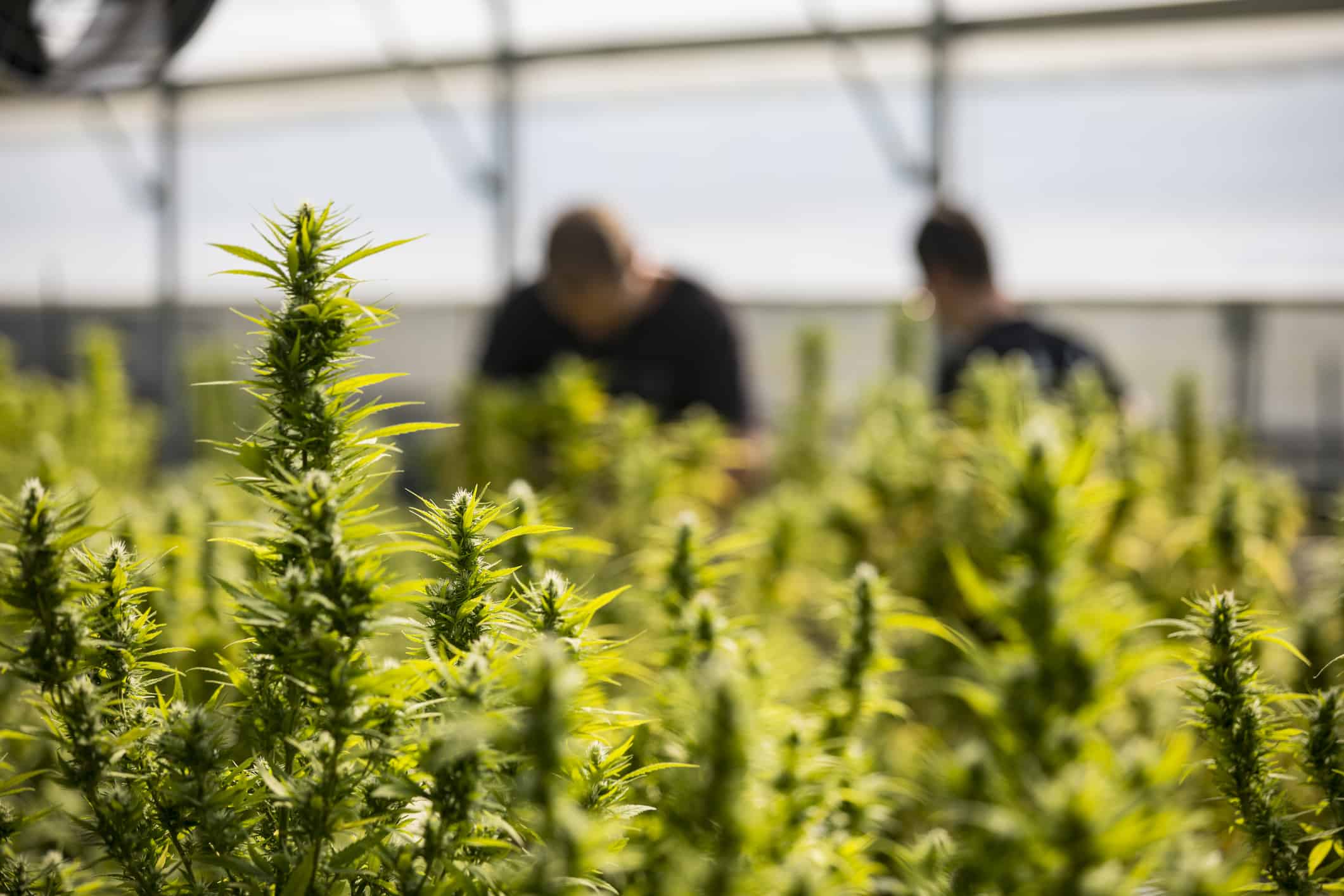Bear markets provide investors with an opportunity to create generational wealth. For instance, if you had brought Amazon shares at the depths of the dot-com bubble in late 2001, you would have returned a whopping 11,000% over the next 15 years.
Bear markets generally result in a steep pullback of share prices, making the valuations of companies across sectors really attractive.
Canadian cannabis stocks have underperformed the broader markets by a wide margin in the last four years. In fact, leading marijuana producers such as Canopy Growth (TSX:WEED) have lost 95% in market cap, valuing the company at $1.54 billion right now.
Similar to other licensed producers, Canopy Growth has been wrestling with a wide range of industry-related issues since pot was legalized in Canada in the fourth quarter (Q4) of 2018. While investors expected Canopy Growth to benefit from accelerated sales in the following years, the slow rollout of retail stores and rising competition impacted the company’s top-line metrics.
Additionally, Canopy Growth and its peers expanded its manufacturing capabilities at a rapid pace resulting in an oversupply of marijuana products and high inventory levels. This, in turn, drove inventory write-downs higher, wiping off the profit margins.
Canopy Growth increased its sales from $226 million in fiscal 2019 to $546 million in fiscal 2021 (ended in June). But in these three years, its operating losses stood at a cumulative $2.1 billion. Now Canopy’s sales have fallen to $441 million in the last four quarters, and the company remains unprofitable with operating losses of $628 million.
Let’s see if Canopy Growth stock can stage a comeback in 2023, given its depressed valuation.
Is WEED stock a buy or a hold?
Back in 2018, alcohol giant Constellation Brands invested over $4 billion in Canopy Growth to purchase a 38% stake in the company. This provided Canopy Growth with enough resources to expand its market share by increasing capital expenditures and focusing on accretive acquisitions.
But its consistent losses and a string of overvalued acquisitions have meant Canopy ended its most recent quarter with less than $800 million in cash. It’s pretty evident that Canopy Growth will have to shore up profit margins to regain investor confidence.
In the last few months, Canopy is restructuring its business to reduce cash burn. In February 2023, the cannabis producer disclosed its intention to shift towards a third-party sourcing plan, allowing the company to reduce costs by $100 million in the next four quarters. These restructuring efforts will, however, reduce Canopy’s workforce by 60%.
Last year, Canopy divested its retail cannabis operations, and the management now estimates total savings to amount to $230 million annually.
Canopy Growth aims to report breakeven adjusted EBITDA (earnings before interest, tax, depreciation, and amortization) by mid-2024, as it transitions to an asset-light business model. But it also suggests Canopy will have to raise equity capital diluting existing shareholder wealth.
Moreover, the improvement in the bottom line will not come from economies of scale but from a combination of lower sales and corporate restructuring, which is less than ideal.
What’s next for Canopy Growth stock and investors?
Analysts tracking WEED stock expect its sales to decline by 17% year over year to $431 million in fiscal 2023. So, it’s priced at four times forward sales, which is quite steep for a loss-making company with falling sales.
I believe there are much better stocks trading on the TSX that you can buy and hold for the long term.









